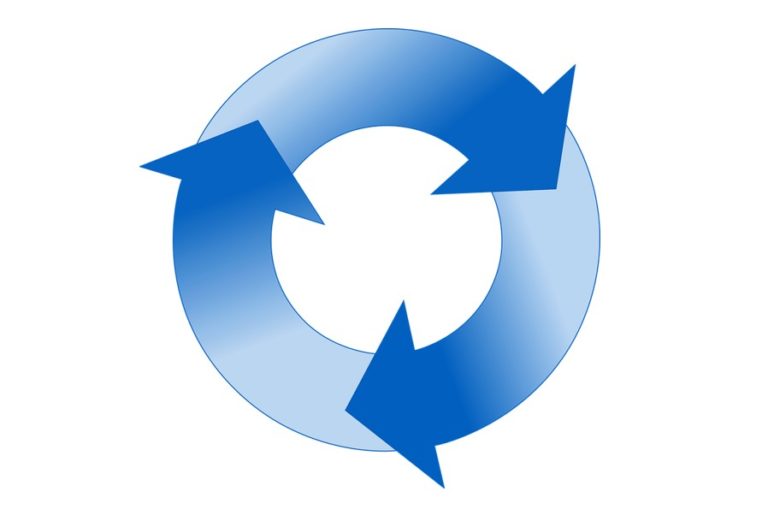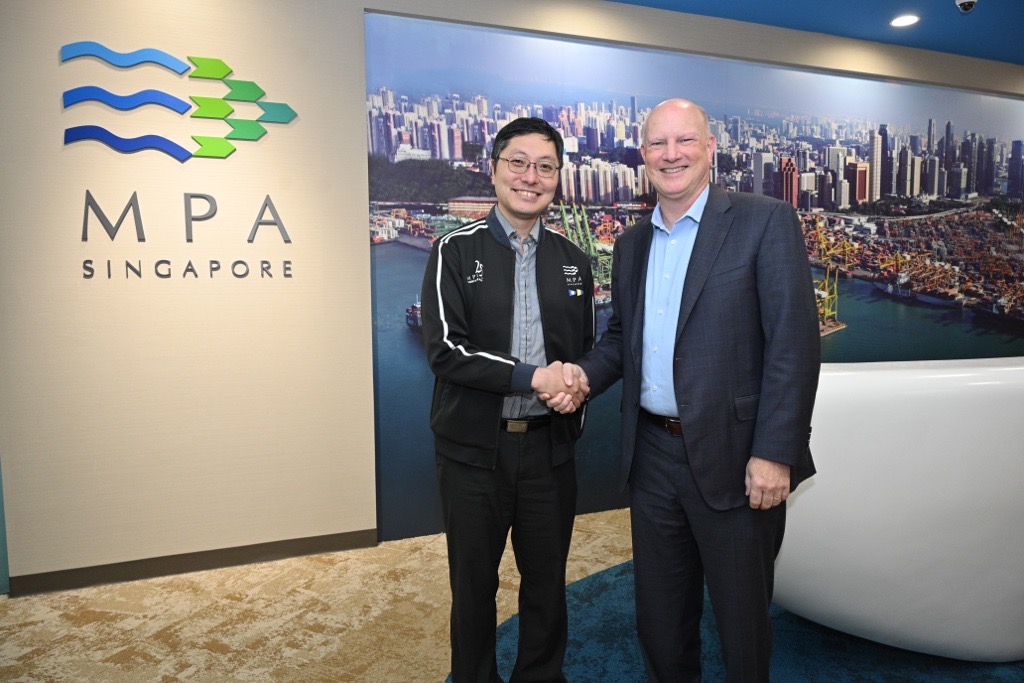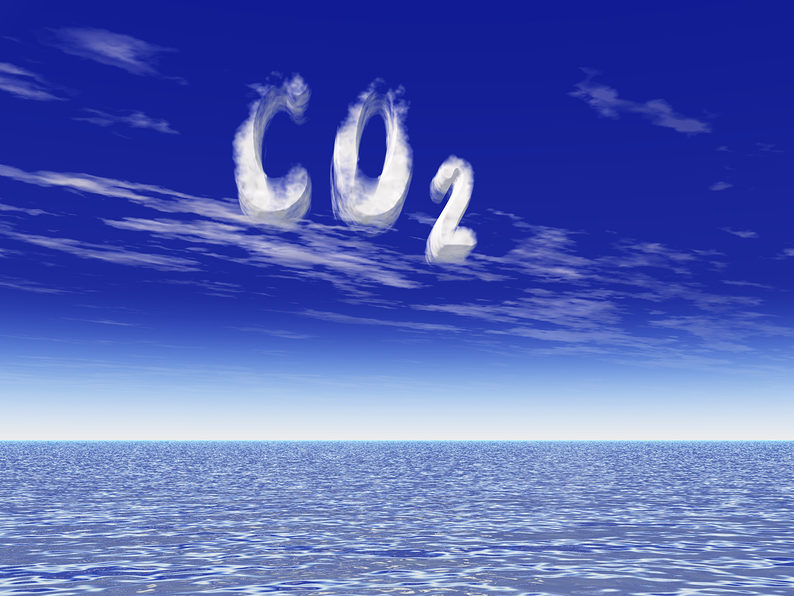There's a lot riding on the next two weeks, but miracles are not on the list, writes Craig Eason
Member states at the IMO may not like to admit it, but the actions of the European Union do play a big role in the decarbonisation decisions being made at 4 Albert Embankment on the Thames.
Insiders in Brussels point to how progress in deciding the data collection system to assess shipping fuel consumption sped up once the European Union MRV became a reality. And now the proposal is in to add more information to the DCS, potentially making it even more similar to the European data collection as cargo work elements get included.
We now know (almost) for sure how shipping will be entering the revamped emission trading scheme in Europe in 2024, and importantly how shipping could be getting access to the finances raised from the trading of 20m allowances. A sum believed to be over €1.5bn between 2024 and 2030.
Why is this important? In the coming week at the IMO there is an intersessional meeting of the greenhouse gas working group, and then the marine environment protection committee.
The intercessional, this is its 13th, has a lot on its schedule with four key points to try and discuss.
First the decision on how impact assessments of any measures to curb shipping GHG emissions impacts member states (mostly the least developed states and the small island developing states), then there is the tension about building up the strategy – 2030, 2035, 2040 -2050 – 40%-50%, 100% – there are proposals ranging from the extremely ambitious to the status quo on the table.

Moving targets: IMO prepares to revise emissions ambition

Biofuels and methane slip prominent in IMO lifecycle talks
If this is resolved, or possibly set aside for the main MEPC meeting, there’s the papers scheduled for discussion about possible midterm measures to decarbonise shipping and how to create a useful way to measure the lifecycle emissions of a marine fuel.
And here’s the pressure again.
There’s proposals, ranging again from ambitious and not so ambitious, but what is happening in Brussels will be on the back of everyone’s mind. The Shipping in the European ETS agreement means there is going to be a way for revenues to be collected from shipping’s emissions and used to invest in decarbonisation. Some one once said that shipping needs a carrot so big it can also be used as a stick.
Shipping needs a carrot so big it can also be used as a stick.
It’s already being seen as a carrot and stick. The structure of the ETS could also dovetail quite nicely into any other regional measure created. USA, UK and China have been put on the list. The ETS covers voyages between European ports but only half of voyages to non-member states. With DCS and MRV becoming more alike the monitoring verification and reporting expectations will be similar, and easily replicated to other trading system mechanisms if and when they emerge.
This increased patchwork of similar, cooperating emissions trading schemes will almost certainly emerge if there is no agreement on an international one Is that such a bad thing? It means shipowners, operators and charterers really need to know their market-based measures inside out – luckily there are plenty of software vendors already offering the kind of voyage accounting services that will make this much easier, and classification societies lining up to be verifiers.
The final point is how the revenues will be used to spearhead shipping’s rapid transition to clean fuels – and here we need to know the life cycle of the fuel, another discussion point lined up for the intercessional if it gets time this coming week.
I’ve been told that the intercessional will not bring about any great results, it’s too early as there are still too many ducks to get in a row. But it should be able to go someway to agreeing on a revised strategy for MEPC to work on the next week. It may even streamlining the market based measures proposals of which there are three that stand out – the benchmark based in the CII, the levy and the trading mechanism.
Other points to look out for in the coming two weeks include how carbon capture can be used onboard ships without having the London Convention and subsequent protocol on the prevention of marine pollution by dumping of wastes stand in its way. Annex one of the Protocol has text specific to carbon dioxide streams from CO2 capture processes for sequestration.
The outcome of the intercessional will still be labelled an opportunity missed by those that feel the pressure to act quickly on the environment is still not fully appreciated.
One hopes that the member states that sent delegations to Sharm El-Sheikh last month, will instil their delegations attending the two IMO meetings this month, with a sense of urgency, collaboration and compromise. One feels at least one of those remains missing, but will Europe’s efforts help?


































